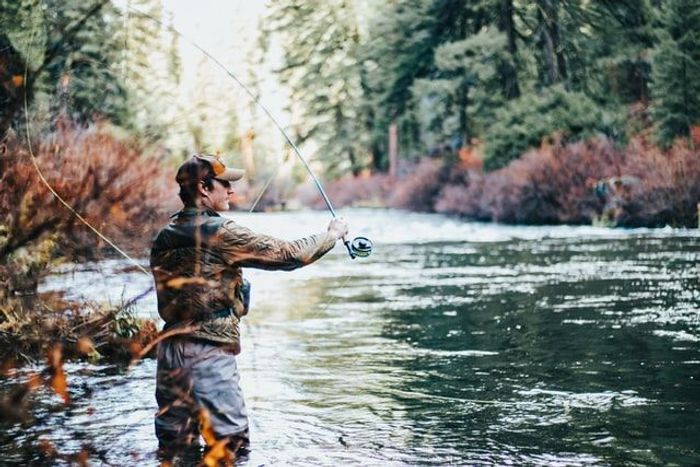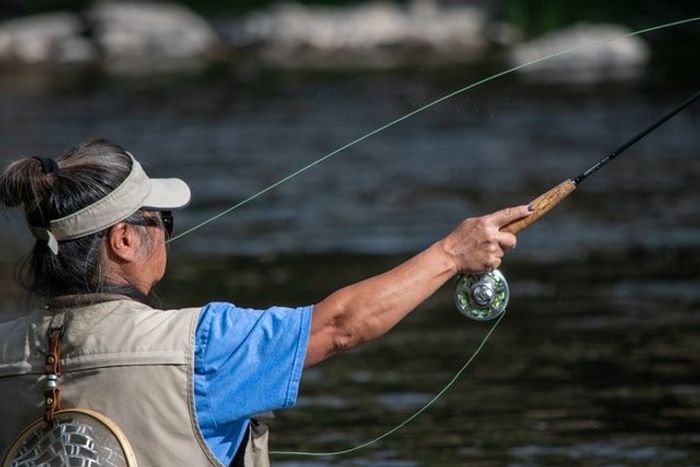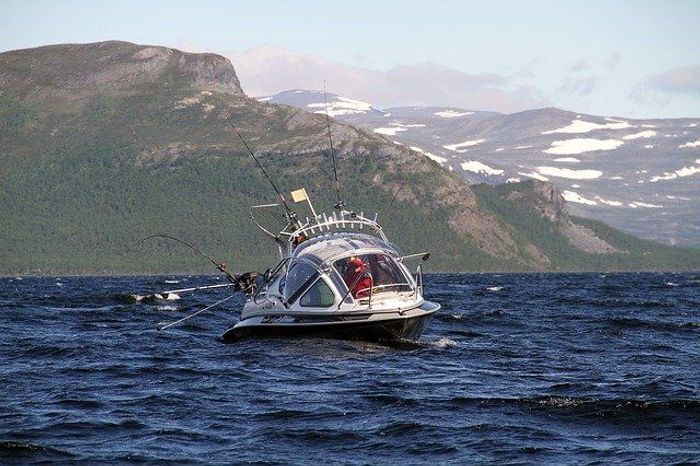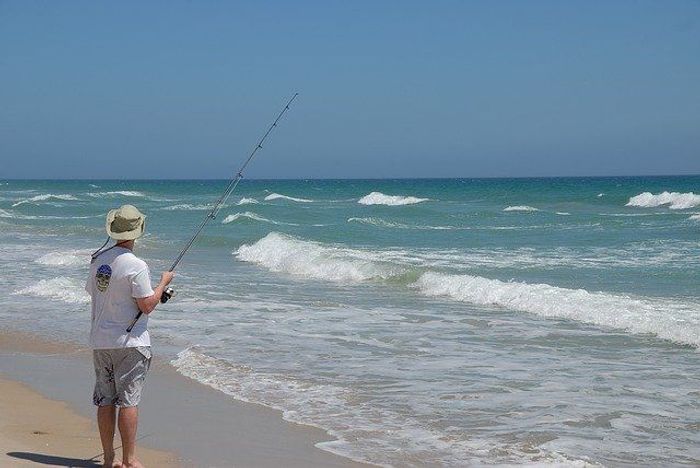Fishing Techniques You Need To Know
Have a rod and reel but not sure how to use it? Here are fishing techniques you need to learn now.

You have been holding that bait out for hours now, and not one fish has come near. You wait for a few more minutes, but it's becoming clear that today is just not your lucky day. Is it luck or technique that's missing? A new rod and line and huge enthusiasm for fishing may not exactly help you catch anything. There could be different reasons why you're not attracting any fish, and technique could be one of them. Fishing is a skill humans have been trying to develop and perfect through different methods for the last 500,000 years. Catching up and developing your own skills is never too late.
You have come to the right place if you want to become a better angler. We are giving you the best techniques so you won't go home empty-handed ever again.

Four Popular Fishing Techniques to Guide You
Spin Fishing

Spinning is considered the easiest technique and is often regarded as the best one for beginners. The spin rod method is easier to cast, and the gear is cheap. It’s perfect for those who want to try out fishing for the first time.
To use a spin rod, you first need to free the bail arm to unspool your cast, known as “opening the bail”. Once you cast, press the button on the back reel to let your line flow and then release this button to stop your line. This button mechanic is what makes spin fishing easy; you avoid the problem of having a bird’s nest line (or tangled up line).
Always follow the downstream so you can let the current make a natural action for your lure. Remember that if the current is upstream, retrieve it a bit faster than the current. Make sure your lure moves at the same pace as a real fish.
Fly Fishing

Fly fishing is a technique that’s been popular for trout and salmon, but it's been recently getting more popular for anglers who want to test their skills with a variety of fish. Unlike spinner rods, you don’t have the handy button for your cast with fly fishing. Fly fishing will test your casting skills, which is considered an art form for some anglers.

You use a lightweight lure with fly fishing; a thick special line called fly line, and an artificial bait that looks like a fly, hence the name fly fishing. When you cast, the lure remains at the surface or near the surface. You have to be more delicate when it comes to fly fishing. You want to hold the rod firm but not stiff with minimal wrist bending involved. You only need to use one hand with fly fishing. Hold the handle firmly with your index finger on top, or hold it by thumb over the rod. The form is similar to pointing.
A basic cast is a combo of backcasting and forward casting. The idea is to make the rod bend when you cast and letting that line fully extend when you cast it forward. First, strip some line off the reel around 25 to 30 feet, then pull your hand right about your head, let the line roll out, and get straightened. Once the line has been straightened out, you then cast forward to your spot; remember to stop to make accurate shots abruptly. Think of the motion of your hand as that of a lever.
One thing to remember with fly fishing is not casting like a whip--a common mistake beginners make. This harsh casting usually creates a bird’s nest line or breaks it.
Trolling

Trolling involves using a boat to drag your lure. It’s more popular to use when an angler is looking for water bodies where it is deeper, both sea and freshwater. With trolling, you usually have 2-6 rigs in the boat.
To find your fish, you can either use sonar or look for birds gathered together. Don’t just let your rigs sit idle, give your lure a twitch to entice the fish. The fish usually follows the lure, but fish don’t just swim in a straight line; change the boat’s directions to make the lures look more natural. Check if your line is moving all over the place; a bait that’s unnaturally rotating all over the place makes a fish suspicious. Make sure your bait is swimming naturally to entice the prey. The most important about fish trolling is speed. What you want is to match your boat's speed with the speed of the fish you want to catch. For example, with fast-moving fish like marlin, you set the speed of your boat between 7-9 knots to match it.
Surf Fishing

With this kind of fishing technique, the idea is to cast your lure as far as possible from the beach. It doesn’t mean you won't catch fish if you cast too short. You can still catch fish from knee-deep water, depending on what fish you want to get. You usually use a 9 to a 10-foot fishing rod to cast with surf fishing. A surf rod has a long extended butthead. They vary from 9 to 13 feet. You don’t need the longest rod to cast your lure. First, you will hold the rod up with both arms behind your head, then take a step forward and bring your arms across to pull down. Pull down using your left arm and use the other arm to push your lure forward with the force of your entire body. One of the keys to casting far is to use the light braided lines. The lighter the line, the farther you can cast. Usual weight varies from 15-lbs to 30-lbs line.
Other Fishing Tips and Tricks
Aside from fishing techniques, Here are some angling tips you should remember:
- A well-prepared angler always checks the weather. Knowing the weather helps an angler prepare the proper gear.
- Always check the fishing environment. For example, if you’re fishing in a river, look for rocky areas where the water's drift is weaker. Most of the time, fish hide behind these rocks to rest during their migration. When you see birds hanging around in these rocky parts, that will tell you that there's fish there.
- One way to look for fish is by jigging before your lure hits bottom. Start jigging at the top water column; if you don’t get any fish, start searching at the middle water column, and if you don’t get a hit again, let the lure sink and jig at the bottom. Repeat this process until you catch something. You save some time by searching thoroughly than just randomly looking for spots and letting your lure sink.
- Hooking a fish – the best way to hook your fish is through the bottom of the mouth. The problem with hooking through the gills is that it prevents the fish from taking oxygen, increasing the chances of killing it right away.
- Watch your timing –check the data about your fish list. You can try to learn more about the behavior of the fish you’re after. Always check the seasonality of a fish to save you from wasted effort.
- One thing you should remember is you can never have too many baits. Make sure also to bring different lures. If you don’t find success with a particular bait or lure, you can change it, and you might find the right one to catch your fish.
- If your baits keep getting lost, downsize the size of your bait or hook size. Always try to get the right size to catch your fish.
- One way to avoid spooking the fish is by casting beyond where they are, then retrieving your line towards the fish. This movement makes it seem more natural for the fish.
- Talk to other anglers - there are plenty of guides out there; one way to increase your knowledge is by talking to your fellow anglers through online forums or meet-ups.




